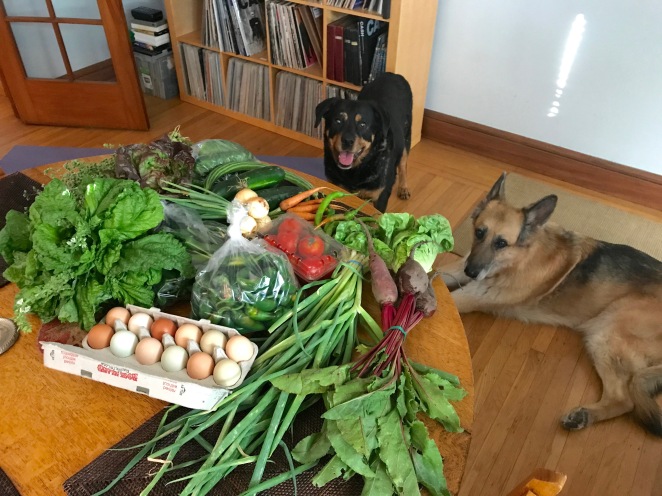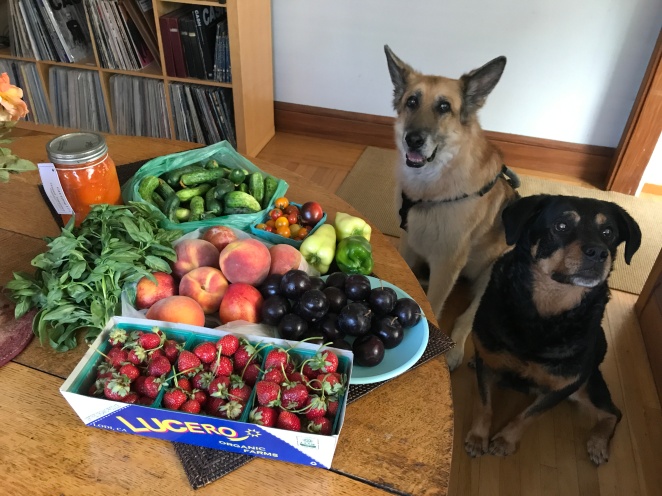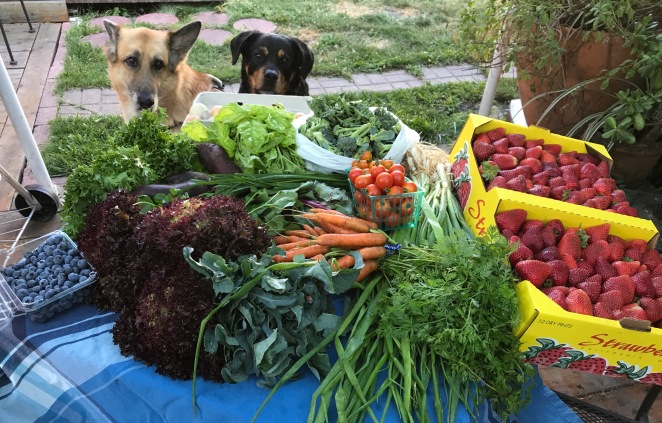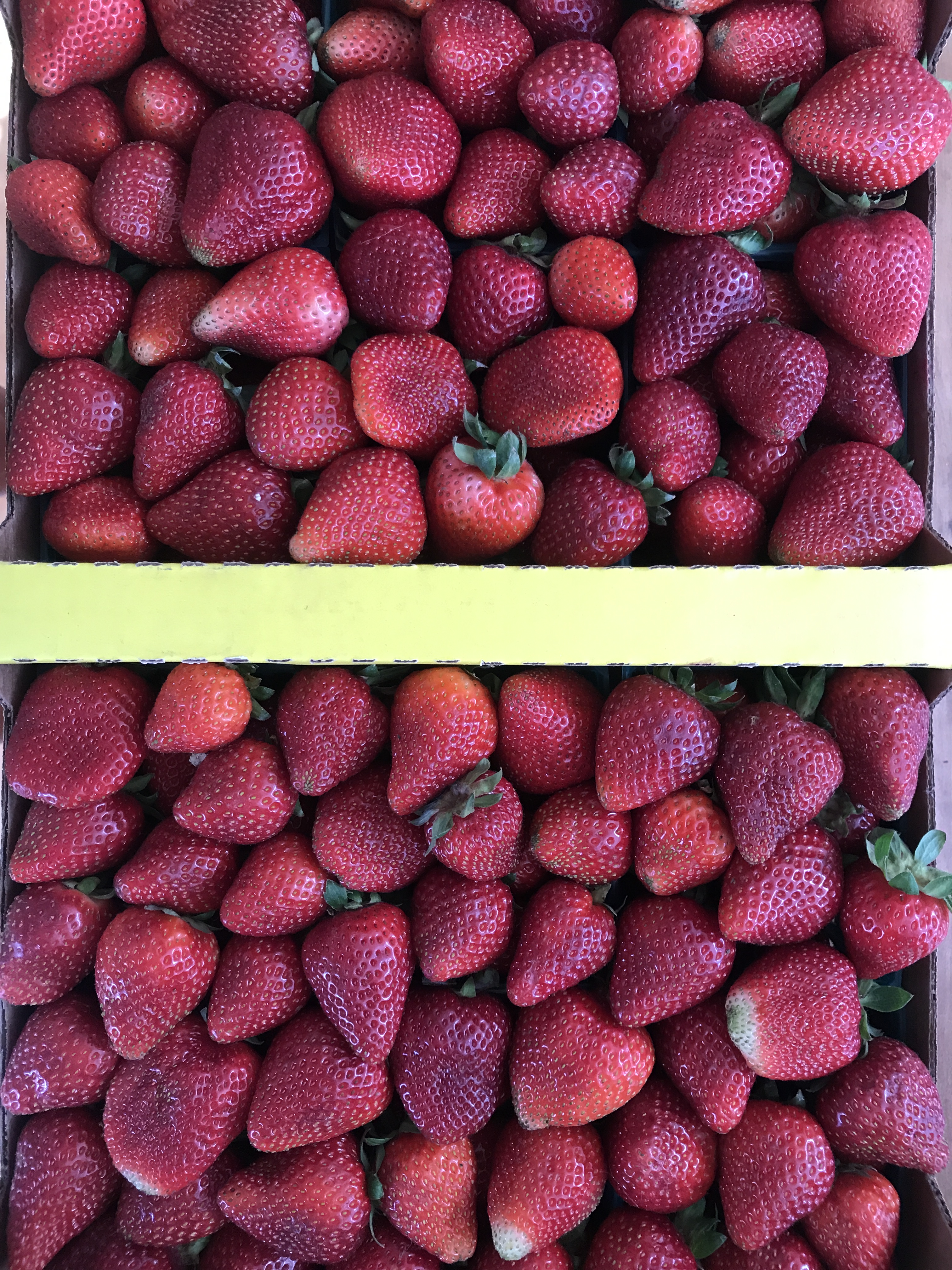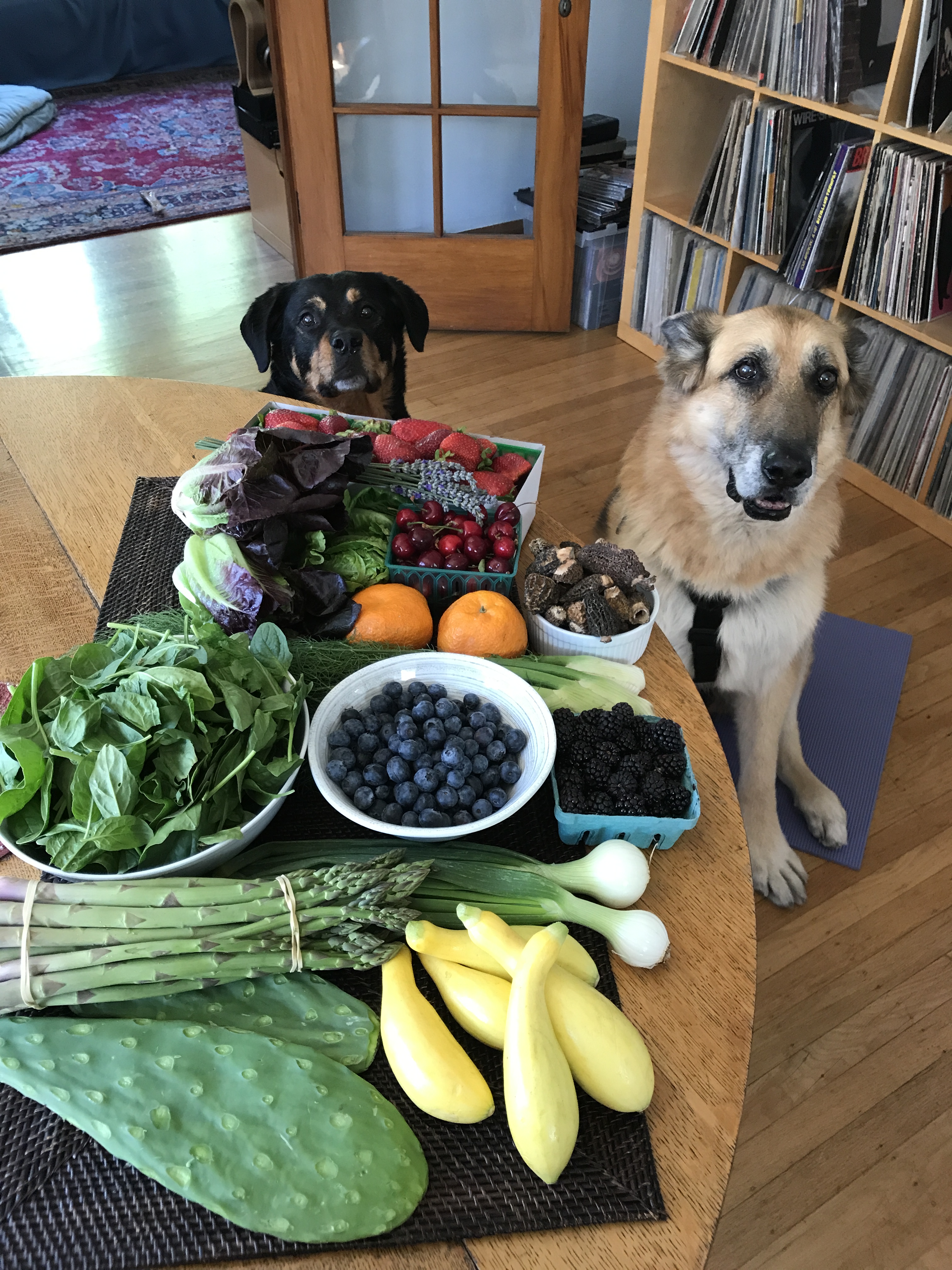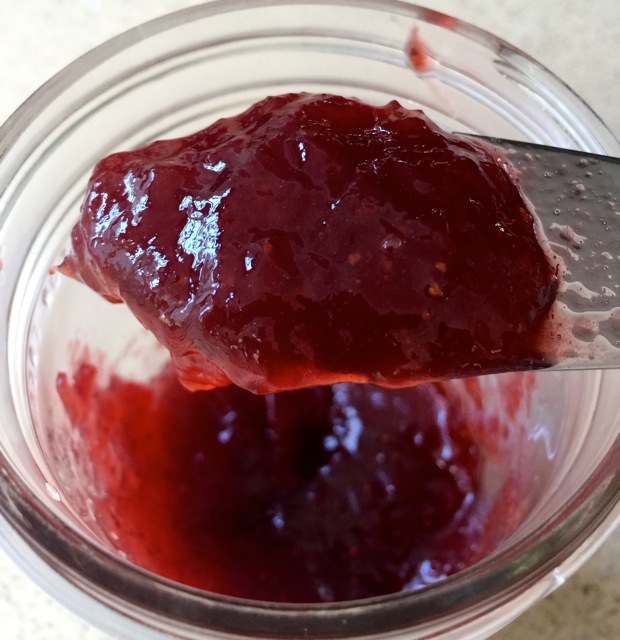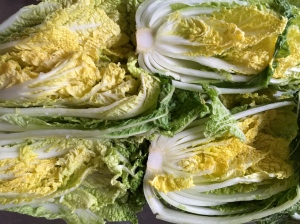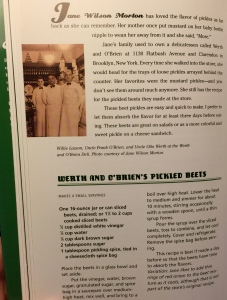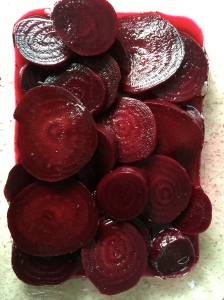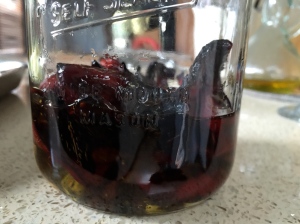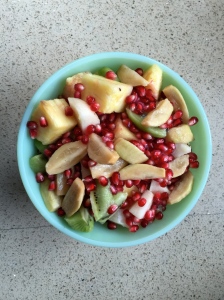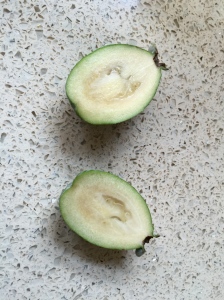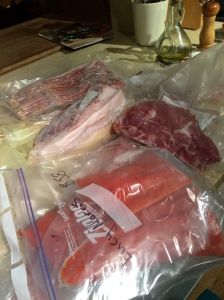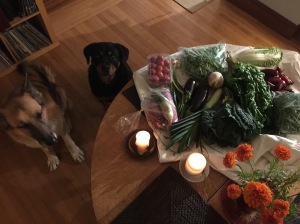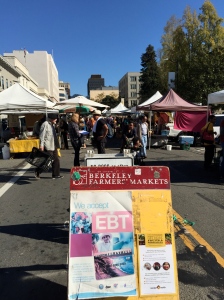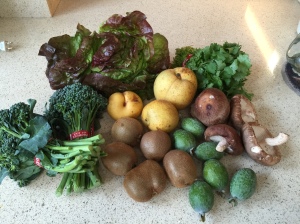Back in the early 1990’s when I lived in Dallas, my friends and I would catch a film or visit the bar at the art deco-inspired Inwood Theater, just north of Highland Park. Often before or after a film, I’d grab dinner across the street at an upscale café that offered specialty sandwiches and prepared salads. One of my favorite salads was a Mexican-inspired pasta salad combining creamy avocado, bright cilantro pesto, tomatoes and fresh string cheese. I believe the café has been closed for many years, but his pasta salad recreated from memory is delicious and worth the carbs.
This is an excellent way to enjoy late summer produce. Avoid shelf stable products as they lack color and freshness that really make this pasta salad special.
A note about cilantro pesto…
Cilantro pesto can be made using a basic basil pesto recipe, only replace the blanched basil with blanched cilantro leaves (blanching maintains the bright green color). If pressed for time, cilantro pesto may be found in your grocery store’s refrigerated case where fresh pasta and sauces are displayed.
Cilantro Pesto and Avocado Pasta Salad
Serves 4 (takes about 30 minutes start to finish)
- ½ lb penne pasta (or any similar sized pasta of your choice)
- ¾ cup fresh cilantro pesto (or 7 oz. store-bought prepared)
- 1 medium ripe avocado (1/2 inch diced)
- 3 oz Oaxacan cheese (1/4 inch diced)
- ¼ cup tomato (seeds removed, diced)
- ½ jalapeno chile (stem and seeds removed, minced)
- ½ small purple onion, thinly sliced (marinated in 1 tsp rice vinegar, 1 tsp cold water – drained and towel dried with paper towel)
- Fresh juice of one small lime
- salt and pepper to taste
In a large saucepan, boil pasta according to package directions. Drain pasta in a colander and rinse under cold running water. Set aside to cool.
In a large serving bowl, add avocado, cheese, tomato, chile, onion and half of cilantro pesto. Stir once or twice to combine. Add pasta, lime juice, and the remaining pesto and stir to fully incorporate. Taste for salt and pepper and add as needed (will depend on the amount of salt in your pesto). Cover and refrigerate 2-3 hours. Serve chilled.


